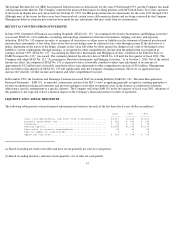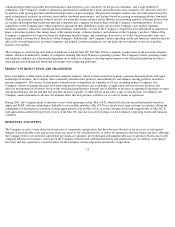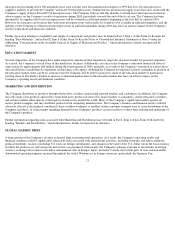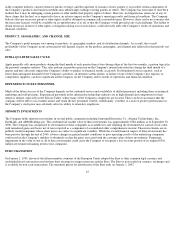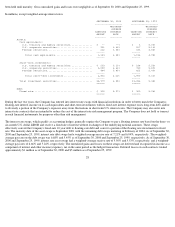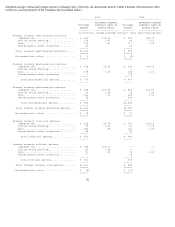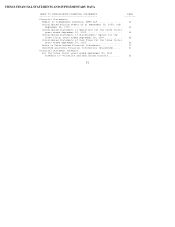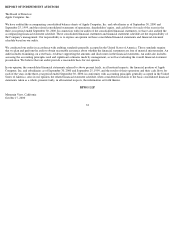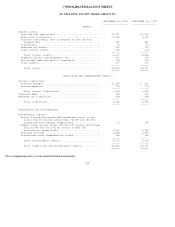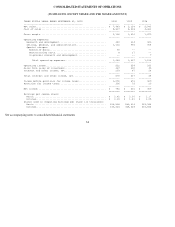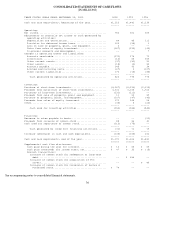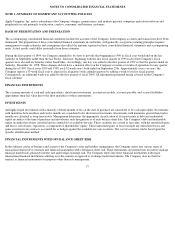Apple 2000 Annual Report Download - page 32
Download and view the complete annual report
Please find page 32 of the 2000 Apple annual report below. You can navigate through the pages in the report by either clicking on the pages listed below, or by using the keyword search tool below to find specific information within the annual report.FOREIGN CURRENCY RISK
Overall, the Company is a net receiver of currencies other than the U.S. dollar and, as such, benefits from a weaker dollar and is adversely
affected by a stronger dollar relative to major currencies worldwide. Accordingly, changes in exchange rates, and in particular a strengthening
of the U.S. dollar, may negatively affect the Company's net sales and gross margins as expressed in U.S. dollars.
The Company enters into foreign exchange forward and option contracts with financial institutions primarily to protect against currency
exchange risks associated with existing assets and liabilities, certain firmly committed transactions, and probable but not firmly committed
transactions. Generally, the Company's practice is to hedge a majority of its existing material foreign exchange transaction exposures.
However, the Company may not hedge certain foreign exchange transaction exposures due to immateriality, prohibitive economic cost of
hedging particular exposures, and availability of appropriate hedging instruments. Foreign exchange forward contracts are carried at fair value
in other current assets and liabilities. The premium costs of purchased foreign exchange option contracts are recorded in other current assets
and marked to market through earnings.
Probable but not firmly committed transactions comprise sales of the Company's products and purchases of raw material, sub-assemblies, and
assembled finished goods in currencies other than the functional currency. A majority of these transactions are made through the Company's
subsidiaries in Europe, Asia (particularly Japan), Canada, and Australia. The Company purchases foreign exchange option contracts to hedge
the currency exchange risks associated with these probable but not firmly committed transactions. The Company also sells foreign exchange
option contracts, in order to partially finance the purchase of these foreign exchange option contracts. The term of the Company's foreign
exchange hedging instruments, whether for firmly committed transactions, probable but not firmly committed transactions, or to partially
finance the foreign risk management program, currently does not extend beyond six months.
Gains and losses on accounting hedges of existing assets or liabilities are generally recorded in income or shareholders' equity against the
losses and gains on the hedged transactions. Gains and losses related to qualifying accounting hedges of firmly committed or probable but not
firmly committed transactions are deferred and recognized in income in the same period as the hedged transactions. Gains and losses on
accounting hedges realized before the settlement date of the related hedged transaction are also generally deferred and recognized in income in
the same period as the hedged transactions.
Gains and losses on interest rate and foreign exchange instruments not accounted for as hedges are recorded in income as a component of
interest and other income (expense), net. Sold interest rate and foreign exchange instruments do not qualify as accounting hedges. Premiums
associated with sold foreign exchange option contracts are recorded in other current assets and amortized over the life of the option.
The following table provides information about the Company's foreign currency derivative financial instruments outstanding as of September
30, 2000 and September 25, 1999. The information is provided in U.S. dollar amounts, as presented in the Company's consolidated financial
statements. For foreign currency exchange contracts, the table presents the notional amount (at contract exchange rates) and the
29


